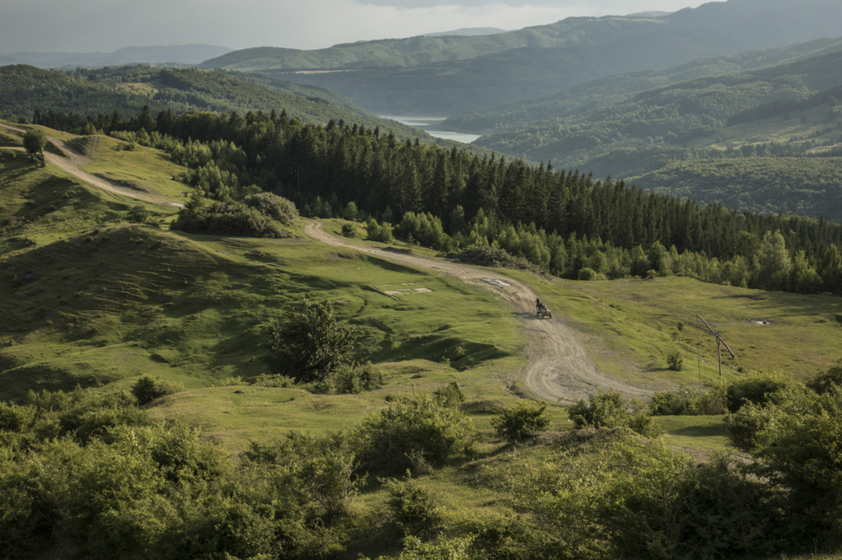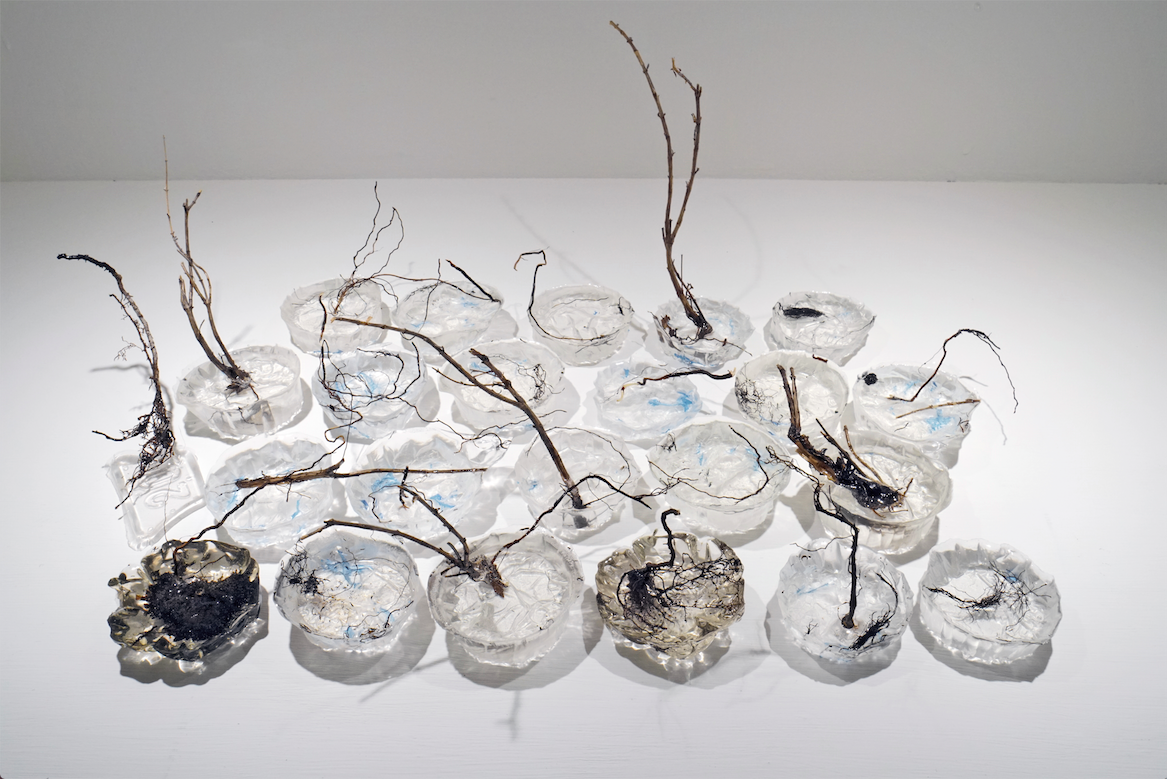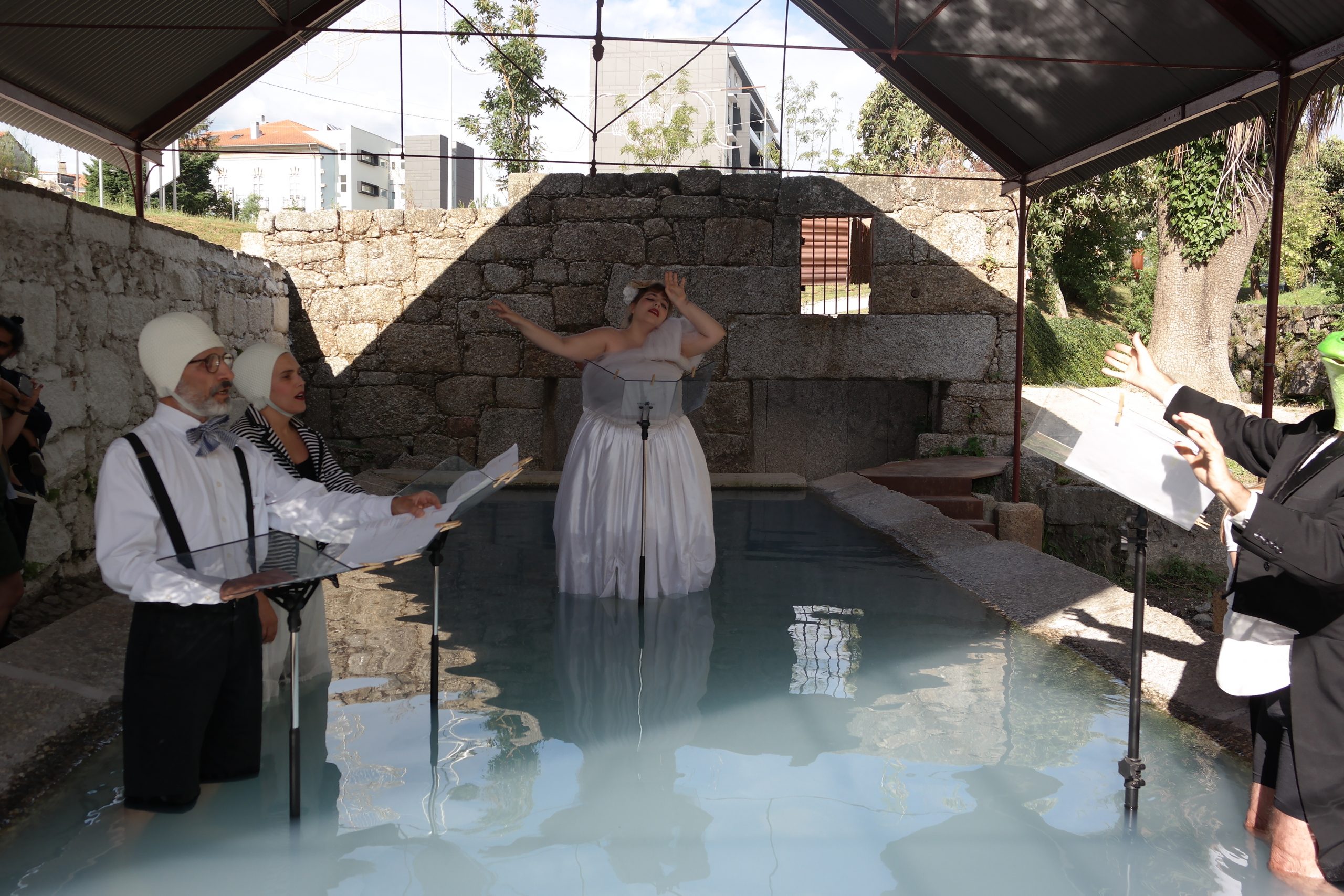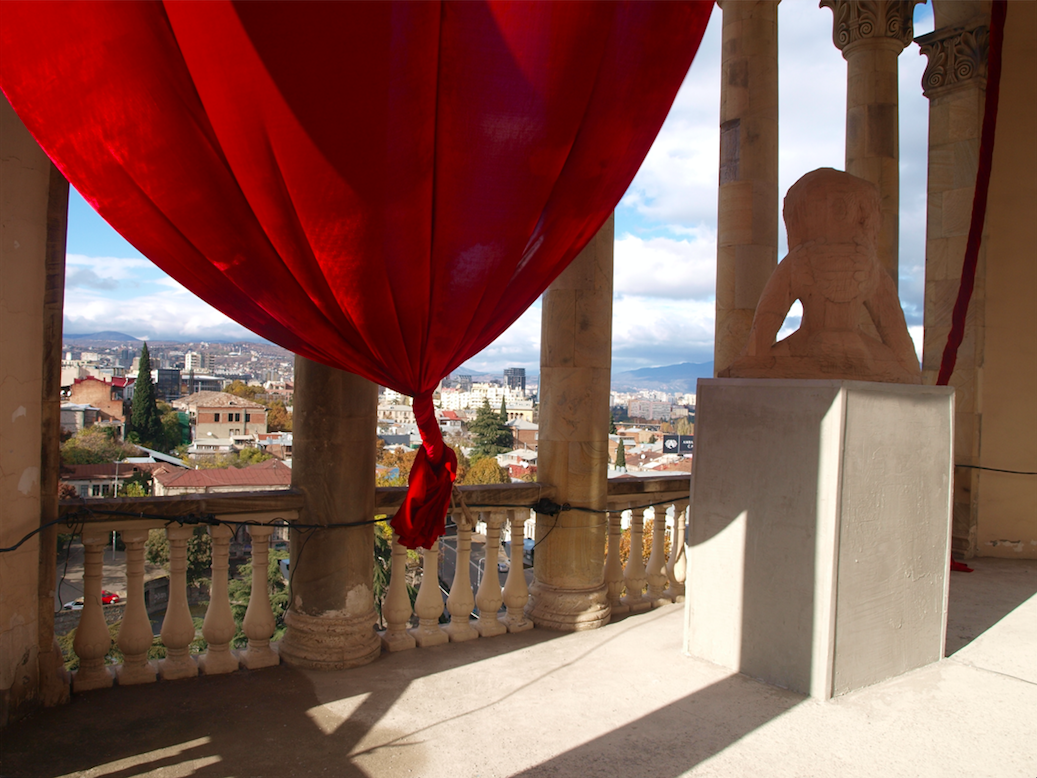Michal Kindernay spent his creative residency as part of the project Magic Carpets in the idyllic countryside of Romania in and around the village of Slon. His residency was part of the local META Cultural Foundation. The artist’s personal impressions, evident in this text, reveal something both fundamental and general regarding contemporary society’s relationship to and distance from the natural and cultural context of the traditional landscape and life within it.
“Slon is a small village in the Prahova Valley. I climb up a muddy path with a deep channel through which Larisa Crunţeanu, a co-resident and Romanian artist who now lives in Warsaw, will climb in a few days’ time. I climb up beautiful, aromatic, wet mud, along a path surrounded by lush meadows with freely grazing horses, mountains in shades of green, grey and blue, I climb beyond the entrenched images I had of Romania.”
However, as part of this visual research into the local environment on the basis of which he created his videos, Kindernay gradually zoomed in on the microcosmic environment of insects. This pervasive structure, concealed beneath the routine of the human quotidian, became a parable of the surrounding macro-world and the existential implacability of the degradation of social structures.

“I return to the hills every day for three weeks. I am greeted by shepherds and gypsies who are bringing wood from the mountains. They speak Romanian even though I do not understand. I listen to the daily sounds of solitary trees, whipped by the wind in winter and burnt by the sun in summer, I listen to the sounds of the grass, cicadas, crickets and horses, cows and sheep, birds and stray dogs. I listen to the echoes of the encrypted calls of gypsy wanderers from the hills far into the village in the valley and the responses they receive.”
The romantic cliché of escaping from civilisation to an unspoilt and authentic rural landscape in eastern Europe here forms the backdrop against which the author observes the social, environmental and biological structures that on a micro and macro level point to the irreversible breakdown and chaos of the ecological and social order.

“At dawn, at noon, in the evening, the shadows on the left or right side of a centuries-old well in the countryside, in the overwhelming heat, in the rain, in storms… I film this landscape. Every day at the same time the cows return home, one after another, along a winding path. As dusk falls I too return home, accompanied by the baroque clouds of the largest studio in the world.“
The theme here is not that which the traditional anthropocentric narrative would suggest, but represents a far more nuanced view of the situation under investigation. The insect, part of an otherwise inseparably interconnected natural process, is presented in the video as a stuffed element rid of its surrounding context. Removed from its functional framework, during the course of the video it gradually submits to the process of entropy.

“A simple, cleansing concept with the clear goal of breathing the nuances of the movement of the landscape. Every day I walk to the hills. In a rhythm of alternating legs and arms, in the rhythm of my heart and breath. The native Indians believe that walking on the ground means accepting its energy. They like to walk barefoot, the earth gives them strength. It ignites the collective fire in their hearts, it links them to their ancestors. Only later do I realise that I am walking a path that was once the Roman trade route and formed the border with Transylvania.”
In Kindernay’s video Insection this miniature drama associated with the extinction of the artificially deracinated and spoiled fragment of the insect ecosystem is presented in sharp contrast with the intense natural idyll of his primary experience. The extraction, isolation and diversion of this process into the neutral void of the white background holds up a critical mirror to the possibility of any escape from the ecological catastrophe that, by all accounts, is irreversible. Not even the refuge of virgin nature and primitive civilisation will allow for the possibility of forgetting. The ecological and social catastrophe invoked by the artist in chamber form becomes a critical theatrical scene where those responsible, i.e. people, can no longer be actors. The situation long ago crossed the humanist model of individual responsibility and has become a question appertaining to all of life and death.
Viktor Čech is a curator and art critic.




